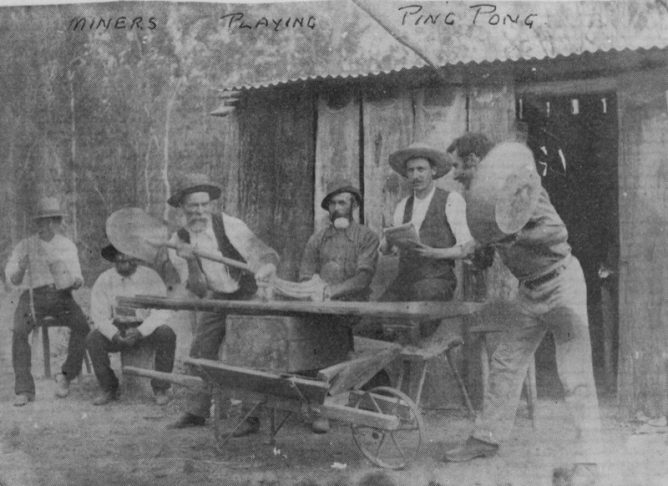So microcast 2 comes hot on the heels of number one. A few interesting things came out of the first one. Most excitingly I got a webmention from Henrik Carlsson’s Blog. He had produced a microcast in response to mine.
This is the indieweb equivalent of a reply on Anchor held together by webmentions. My microcast sent a webmention to Henrik’s post, his ‘reply’ sends a webmention to my post and this post will send one back. This is really sweet. It parallels the anchor experience, be we own our own spaces and data.
I wonder if webmentions could be extended to include links to enclosures, that could gather the audio players together on all the sites involved in the one place.
The next nice thing was that Henrik mentioned he has an opml file of microcasts. I had a look at my RSS reader, Inoreader, and saw it suports OPML subscriptions. That means I subscribe to the OPML feed which subscribes me to the different RSS feeds that make up the file. When Henrik adds a feed to his OPML feed, that feed gets added to my feeds in inoreader. This now becomes the equivalent of a mini Anchor.
All this cheers me up considerably especially as I’ve read a few posts recently about the move to podcasting getting more locked down and controlled.
The featured image on this post is Miners playing ping pong in Queensland, ca. 1890 from flickr, No known copyright restrictions.


Hi John,
I subscribe entirely to the IndieWeb principles both you and Henrik outline in your microcasts, but I think there’s a problem or two.
1. You both intimated that the technical elements are simply too darned hard. I agree, especially for the average web user, who then becomes trapped between a rock and a hard place.
2. I appreciate that it makes perfect sense having one’s content under one’s control, then cross-linking between other content to which one might refer, but boy can that make for a fractured experience. If I have to read something, then I’m stuck to some artefact, whether that’s printed or a screen. The digital workflow is better (I think) because I can read one article, then click quickly to the next; and if I’m ‘connected,’ then I can do that wherever I am. In analogue form, if I’m reading an article and find a reference to another, then I’ve somehow got to get hold of that before reading on. My audio listening workflow though is rather different; I tend to listen for extended periods of time whilst doing something else. Clicking between different sites would be quite disruptive. What would be much better, from my selfish point of view, would be for the audio to remain under control of the producers, but for the various constituent parts to be aggregated and arranged into a coherent whole *in a single place* where I can draw down a single assembled instance … like the Anchor output.
The one thing I have learned over the years is to become comfortable (usually!) with compromising.
(PS. Sorry about the use of ‘one’s’ and ‘one’ above. It seemed less directed than ‘your’s’ and ‘your,’ but also made me sound up myself.)
” Clicking between different sites would be quite disruptive. What would be much better, from my selfish point of view, would be for the audio to remain under control of the producers, but for the various constituent parts to be aggregated and arranged into a coherent whole *in a single place* where I can draw down a single assembled instance … like the Anchor output.”
Thanks Ian, I agree with that completely. Anchor helps with listening in the car, as it moves, in some cases, to the next wave automatically. I like to get my audio set up to play before I set off and would not like to click and drive at the same time. I do think some sort of aggregation combined with web mentions/trackbacks could be made to work with elegance. I guess the problem would be who would pay for that.